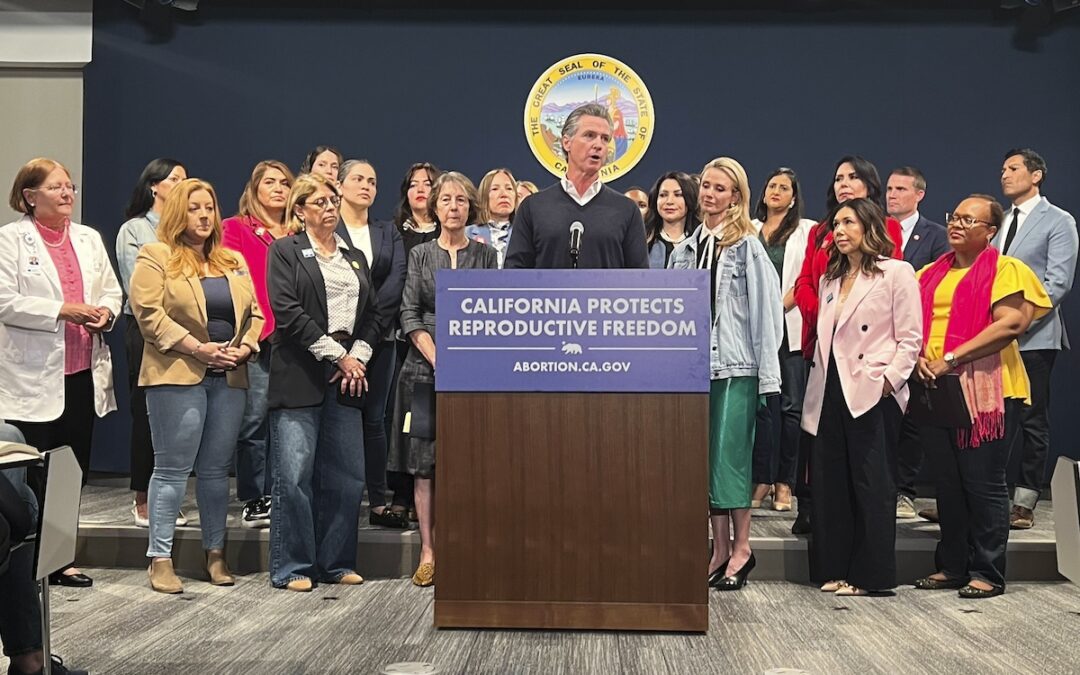
Credit: Getty Images/Maskot
by Katherine Cecala, president, Junior Achievement of Arizona
Careers in science and technology have more opportunities now than ever before. So why is interest among teens plummeting?
Only 10% of girls and one in five boys say they’re interested in pursuing a career in Science, Technology, Engineering, and Math (STEM) professions, despite demand growing exponentially. By 2030, there will an estimated 11 million new STEM-related jobs ready to be filled.
But will we have a workforce to meet demand?
Hiring already lagging—and lacking diversity
STEM professions play a critical role in both the US and global economies. According to the National Science Foundation (NSF), STEM workers make up a quarter of the US workforce. The NSF research also shows that two-thirds of STEM workers are male, compared to a third being female, and while there have been great gains in the past decade, the percentage of STEM workers who are Black, Hispanic, or representing other racial or ethnic groups still lags in comparison with the participation of those groups in other professions.
Despite the need for qualified workers to fill STEM positions, there has been a lingering skills gap that has resulted in millions of STEM positions going unfilled, according to numerous studies. This is not a new problem, with the issue going back decades. However, with the revolutionary growth of Artificial Intelligence (AI), automation, sustainable energy, and other advances on the technological front, more jobs are going to require skilled workers who understand STEM.
Teens’ Interest in STEM: A Reason for Concern
To date, efforts to attract upcoming generations to these careers have had mixed results. A survey of teens conducted for Junior Achievement by the research firm Big Village in September 2023 showed that only 10 percent of teen girls would want a job in a non-medical STEM profession, such as robotics or computer coding, after they graduate.
Despite efforts within the US education system to engage girls in STEM, these results were essentially unchanged from a similar survey in 2017 when 11 percent of teen girls had the same response. However, teen girls’ interest in the medical and dental fields was more than double that amount in 2023 with 26 percent saying such professions would be of interest, up slightly from 24 percent of respondents in the 2017 survey.
In 2023, careers in the medical and dental fields were the top choice of all professional fields for teen girls. For boys, 21 percent expressed interest in non-medical STEM careers in 2023, down considerably from 36 percent in 2017.
One of the challenges in promoting STEM careers to students might be a misalignment of the types of jobs featured and the talents and interests of students. For instance, in the 2023 survey, teen girls said the most appealing part of a “dream job” would be the ability to help people. For teen boys, the most appealing part of a “dream job” was that they would be good at it. Using learning experiences to focus on the income potential, job stability, or the “coolness” of some STEM jobs instead of working to align student sentiment and emerging skills could be a contributing factor to the disconnect in STEM interest.
A Critical Need for STEM-Related Professionals
According to the Bureau of Labor Statistics, growth in STEM-related jobs will continue to outpace other career fields. In addition, these STEM careers on average pay more than double non-STEM occupations. The staffing company Adecco notes that there will be more than 11 million new STEM-related jobs that will need to be filled by the year 2030. This all amounts to a considerable economic impact on the country, as The American Society of Mechanical Engineers reports that open roles for engineers and technicians alone have a monthly economic cost of $49 billion across nearly one million unfilled vacancies.
Compounding the issue is the fact there isn’t a shortage in every STEM category. According to the Bureau of Labor Statistics, while there might be unfilled positions in the nuclear and electrical engineering fields, there may be a surplus of biologists in academia. For engineering, data can vary on what specialties are experiencing shortfalls or overages. Technological advances and the need for continuing education are also factors that complicate the STEM picture.
Where STEM Career Awareness Falls Short
To help address these shortfalls, a great deal of emphasis has been placed on promoting STEM careers to students in grades K through 12. These efforts have included introducing learners in elementary school to robotics, promoting computer coding activities co-branded with popular online games, and even introducing students to model rocketry.
Despite these efforts, the long-term impact on STEM career adoption has remained seemingly unchanged. For instance, a report by Inside Higher Ed shows that despite encouraging signs of participation in STEM majors in college, 45 percent of college graduates with a STEM degree opt to work in non-STEM-related fields.
Contributing factors, according to Inside Higher Ed, include the disconnect between perceptions promoted to students and realities experienced in the workplace. This includes the fact that many starting STEM workers often need to work long hours to meet the demands of the job, periodic industry downsizing that impacts many workers despite assurances of job security, STEM fields where there isn’t a high demand for workers, and instances where other non-STEM jobs within the same employers may pay more than starting STEM positions.
All of this would indicate that STEM awareness efforts to date have been imperfect, with many initiatives either having mixed results in linking students’ talents and interests to potential career pathways or creating incomplete pictures of what’s involved in a STEM career.
Our Response
Work readiness is a key focus of Junior Achievement’s proven programs. By bringing volunteer role models from the community into the classroom to share their experiences with students, JA introduces many young people to professions and career paths that they may not have been aware of, such as those in STEM.
Access to mentors and role models is an important part of getting students engaged in STEM. Research by the International Journal of STEM Education shows it’s especially impactful to involve diverse STEM professionals in these opportunities. The JA volunteer model lends itself to bringing these kinds of volunteers and students together. JA learning experiences also encourage dialogue and career exploration so that students understand the pros and cons of each field, and which one might make the most sense given their talents and interests.
What the Research Says
Our approach is demonstrated to give students the tools they need to increase their chances of achieving career and work success.
According to research by Ipsos, 4-in-5 JA Alumni credit Junior Achievement for:
- Influencing their decisions about further education
- Impacting their professional and personal development
- Affecting their self-confidence and belief-in-self
- Motivating them to succeed professionally
Additionally:
- 51 percent say they have worked in the same job or career as their JA volunteer
- 45 percent say JA influenced their work ethic
- 38 percent say JA influenced their career decision
- 73 percent of Junior Achievement Alumni who graduated college say they work in a field they studied in college. Research by the Federal Reserve Bank of New York shows that only 27 percent of college graduates say the same.
To learn more about Junior Achievement in Arizona, visit: www.jaaz.org.
Politics

Gov. Gavin Newsom wants to let Arizona doctors provide abortions in California
California law generally allows abortion up to the point of fetal viability, which is around 24 weeks. SACRAMENTO, Calif. (AP) — Arizona doctors...

VIDEO: Arizona Attorney General Kris Mayes indicts 18 ‘fake electors’
@coppercourier An Arizona grand jury has indicted former President Donald Trump's chief of staff, Mark Meadows, lawyer Rudy Giuliani, and 16...
Local News

Escape the heat at these indoor pools in Tucson
Arizona: it's synonymous with sunny. Mix that sun with the sprawling urban blacktops and the result is the nationally recognized heat that is...

We asked, you answered: 7 music venues in Arizona for a more intimate show
The biggest artists in the world come to Arizona to perform at places like Footprint Center, State Farm Stadium, and Desert Diamond Arena. But what...






